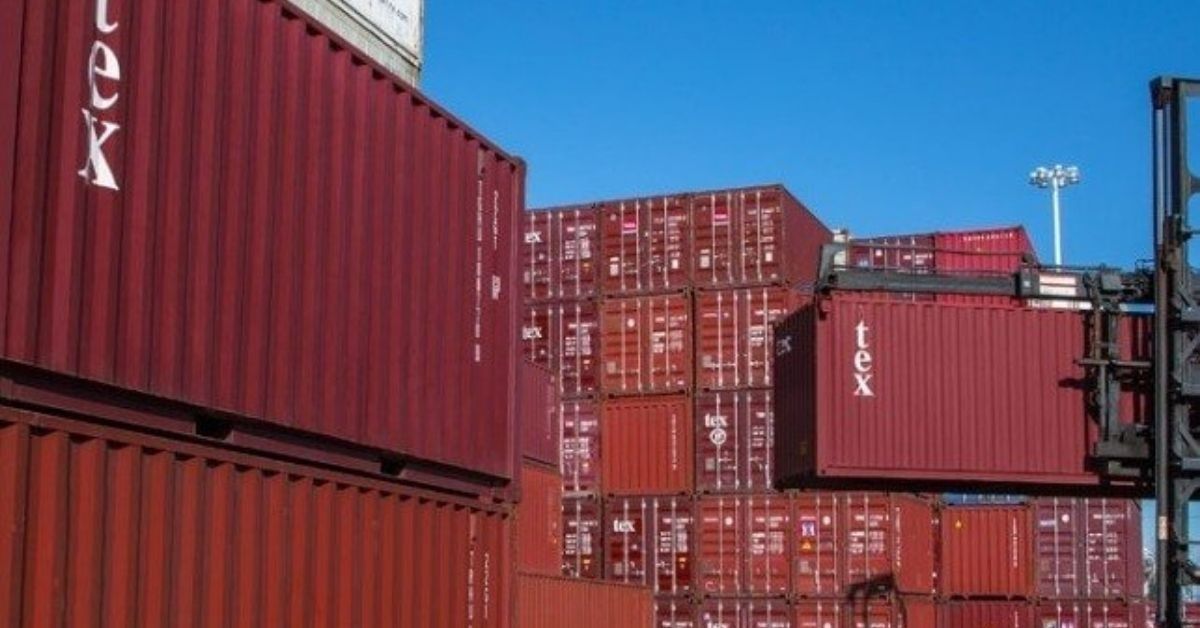Hamburg-based Container xChange, an online platform for container logistics, has released its container market forecast for March.
While most industry participants anticipate a rebound in container prices in the coming months, Container xChange reported that the Container Price Sentiment Index (xCPSI) is expected to be positive by the beginning of March 2023.
Since February, approximately 2,700+ industry experts have engaged in mood analysis questionnaires in which Container xChange inquired about their predictions on container price development in the future months.
These repeated surveys are an important component of the Container price sentiment index (xCPSI), which shows how shipping experts around the globe expect container costs to evolve in the future.
The upward pattern since the last three recordings in early March suggests that the industry anticipates container prices to rise shortly.
“We learn from many customers of Container xChange that the demand for containers is still there, just that the supply is overshooting the demand. Due to this, we see ripple impacts like for example, depots working on max capacity (Depots in China for instance working on 90% utilization) and therefore, not being able to accept new clients. This is a global phenomenon now. And that is a struggle for the NVOCCs and shipping lines who want to open new markets,” commented Christian Roeloffs, co-founder and CEO of Container xChange.
According to the analysis, oversupply of containers has led depots in countries such as China to operate at nearly 90% capacity, making it difficult for depots to move boxes and, as a result, making depots less effective.
That means that depots make money from handling (gate moves) rather than storage and as a result, this growth is also more painful for them in terms of contributing to operational inefficiencies rather than revenue, noted the report.
“But the production was, is and will be still working, as old, heavily used containers must be replaced. We must wait it out till the end of the Q1 of 2023 to see how this situation is developing because of so many disruptions in our industry,” pointed out Agnieszka Polejewska, container depot department coordinator of Langowski Logistics, a company based in Poland.
Container xChange also discovered that rental businesses and shipping lines are keeping their containers for longer than usual, deciding a wait-and-see approach in the hope that values will stabilise.
The rental and transportation firms have a free storage arrangement with the depots, so sell-offs are also not taking place, according to Container xChange, and as a result, they aren’t bothered by storing fees and will simply wait until values stabilise.
Additionally, the analysis noted that container selloffs will intensify in the second half of this year because depots will run out of space, prices will continue to fall, and shipping lines and leasing companies will need to sell off some of that stock in order for the volume of second containers and trading to increase in the future and drive down the cost even further.
Christian Roeloffs explained that since the process of diversification is a “long-drawn process”, we are yet to see visible signs of this in the trade patterns.
But there is an uptick in intra-Asia trade, according to Roeloffs, who said that “In the future, the larger trades will suffer a demand decrease so capacity needs to be adjusted towards regions with more sticky demand and more stable rate levels. Supply chains will need to be more resilient in the coming years. These relocation strategies will effectively reduce reliance on one production and supply chain hub to a more diverse, smaller trading pattern.”







